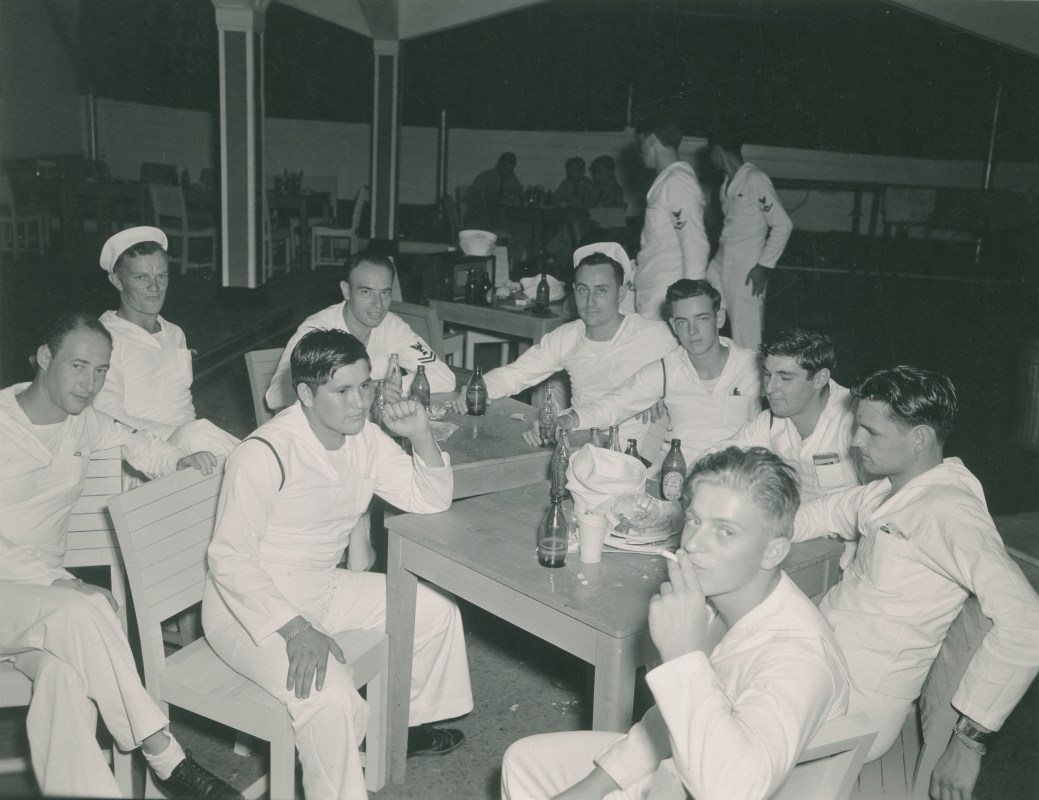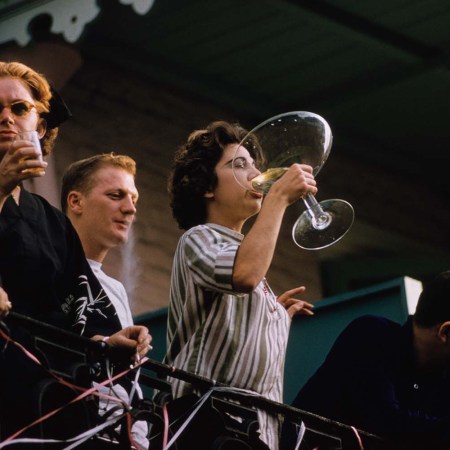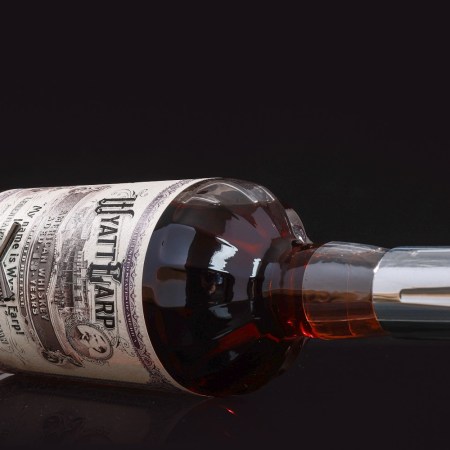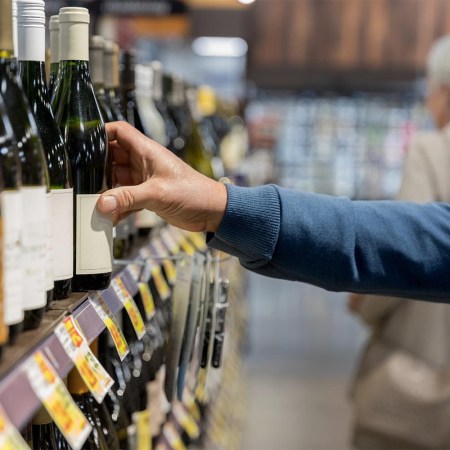It’s a classification of booze that conjures up images of sailors swapping stories on peril, providence and prurience. Of the ships they steered and the rations they held dear. Of a more thoroughbred brand of men who, let’s be honest, could drink any landlubbing swain under the table.
Point being, how could you not want to drink Navy Strength Rum?
Thanks to the Royal Navy, it’s a designation most closely associated with rum and gin. Rum because it was a daily ration for every sailor of rank. And gin because it was a favorite of naval officers from the Napoleonic Wars and onward.
But what the hell is it? How’d it come to be? And why have we, over the past few years, seen an uptick in maritime-casted potables?
For answers, we sat down with Dan Smith, general manager of Chicago’s Queen Mary, a cocktail bar that’s got a thing for old maritime traditions and the drinks behind them. Needless to say, the man knows a thing or two about strength of the naval sort.
Alright, what the hell do we mean when we say “navy strength”?
“Navy strength” is a relatively new term. It was coined by the branding consultant John Murphy on behalf of Plymouth Gin in 1993 for something very old — what used to be called 100º UK proof spirit. It refers to a spirit that is bottled at exactly 57% alcohol by volume.
What’s the naval tie-in?
Before a device called the Sikes hydrometer was introduced in 1816, there was no way of precisely measuring the alcoholic strength of spirits. But the British Royal Navy worked out a simple over/under method: they mixed a small sample of the spirit with gunpowder to form a paste and try to ignite it. If the spirit was over a certain strength, the powder would light, and if under, it wouldn’t.
We now know that this strength is 57% ABV. This was just a way of “proving” that spirits were at or above a certain strength, hence the term “proof.” 57% is thus 100º UK proof.
When Plymouth reintroduced a 57% bottling in 1993, Murphy supplied them with a term which neatly summarized the historical reasons for choosing this strength: “navy strength.” This made for much more appealing branding than the cumbersome designation “100º UK.” The term has since spread to a few other bottlings of gin and at least one rum.
So it is folklore more than anything else?
The gunpowder method sounds like a folktale, but it really is well-documented historical fact! And 57% was indeed the strength that the Navy demanded when buying spirits from its purveyors. Originally this was because it was the only strength that could be objectively verified, to guarantee they were not being swindled with a diluted product. Later, the hydrometer made this unnecessary, but they continued buying at 57% as a matter of tradition.
So what’s the difference, then, between navy strength and “regular” strength?
“Navy strength” refers just to the strength — you could bottle any rum at 57% and justifiably call it navy strength rum. To be sure, though, the actual rum purchased by the Navy for rationing to sailors was of a very specific style.
What style was that?
From 1784 until 1970 — nearly the entire duration of the rum ration — a spirits merchant called ED&F Man & Co. held the exclusive contract to supply the Navy with rum. The product they supplied was blended according to a recipe which unfortunately has never been revealed to the public, but it certainly included some traditional, heavy, pot-distilled rums from Guyana, Jamaica and Trinidad [Ed. note: predictably, three British colonial possessions in the Caribbean] as well as some lighter rum to make it more drinkable. It was probably aged, though I’d guess for not more than a few years, and was colored very dark with caramel.
Sounds delicious. Anything like that on the market right now?
Sure, I’d suggest any of the wonderful El Dorado rums from Guyana. Or Scarlet Ibis from Trinidad & Tobago.
Some of the last consignment of naval rum blended by ED&F Man & Co. still exists, though, and has been bottled and is available for sale under the name The Black Tot. We have a bottle at Queen Mary, one of a few thousand left, and it’s a real privilege to be able to taste what is essentially the last remaining artifact of a three-century-long tradition.
Otherwise, there is a rum currently on the market called Pusser’s that claims to be blended to the original ED&F Man & Co. recipe. So it’s a naval rum in style, though it actually isn’t bottled at navy strength. Meanwhile, the only rum (as far as I know) currently bottled at navy strength is Smith & Cross, but it is not stylistically like naval rum. It’s a single-source rum from a particular rum estate in Jamaica, not a multi-source blend.
It’s a beautiful product and is one of my very favorite spirits in any category. And while it may not represent the style of naval rum itself, it is an outstanding example of the traditional rum of Jamaica, in a form we don’t see often enough in the United States.
Join America's Fastest Growing Spirits Newsletter THE SPILL. Unlock all the reviews, recipes and revelry — and get 15% off award-winning La Tierra de Acre Mezcal.
























